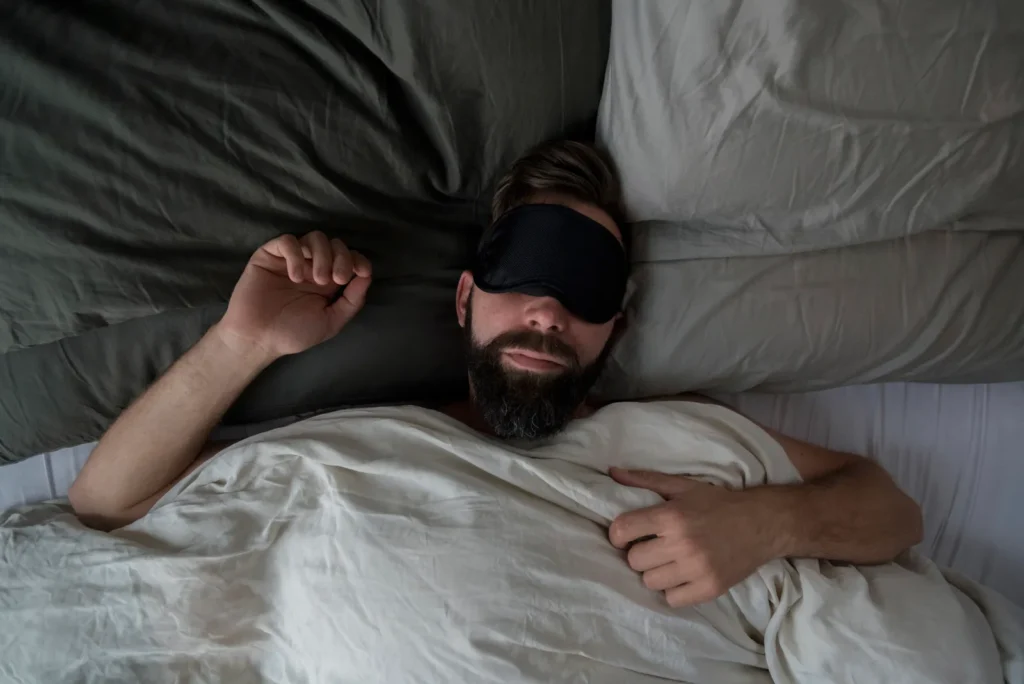Sunshine feels good, and a tan may look healthy—but underneath, your skin tells a different story. Dermatologists warn that how a burn becomes cancer is not an abstract idea. Every sunburn is an injury to your DNA, and over time, those injuries can stack up into something far more serious: melanoma, basal cell carcinoma, or squamous cell carcinoma.

Understanding How a Burn Becomes Cancer
What Happens Inside the Skin
When your skin burns:
- UV radiation penetrates the epidermis, damaging the DNA of skin cells.
- This damage causes mutations—permanent changes in the DNA sequence.
- Your body attempts repairs, but every repair leaves behind tiny flaws.
- Over years, these flaws accumulate, disrupting normal cell behavior.
- Eventually, mutated cells escape the body’s control and multiply unchecked.
This is the foundation of how a burn becomes cancer. The process is invisible and delayed, which is why many people underestimate it.
The Invisible Damage Behind Sunburn
The redness and peeling you see after a beach day are surface symptoms. The deeper, lasting harm is inside your cells:
- A single severe burn in youth can double melanoma risk later.
- Five or more lifetime burns increases risk significantly.
- Damage is cumulative—even if the skin “looks fine” after healing.
Think of sunburns like cracks in a wall. One isn’t disastrous, but repeated cracks weaken the whole structure.
Who Is Most Vulnerable?
Some people are more likely to experience how a burn becomes cancer due to genetics, lifestyle, or environment.
| Risk Factor | Why It Matters |
|---|---|
| Fair or light skin | Less melanin = weaker natural UV protection |
| Childhood/teenage burns | Early DNA damage multiplies long-term risk |
| Outdoor jobs or sports | Prolonged, repeated exposure to UV rays |
| Family history of skin cancer | Inherited susceptibility |
| Use of tanning beds | Concentrated UV exposure, often stronger than sunlight |
| Weakened immune system | Reduced ability to repair DNA or fight abnormal cells |
How a Burn Becomes Cancer: The Timeline
The shift from burn to cancer doesn’t happen overnight. It’s a slow, layered process:
- Immediate Injury – UV rays damage DNA during the burn.
- Repair Attempt – Body fixes most, but not all, DNA errors.
- Mutation Storage – Remaining flaws are stored permanently in skin cells.
- Accumulation – Years of burns add more errors.
- Cell Escape – Mutated cells start dividing uncontrollably.
- Cancer Formation – A tumor develops, often decades later.
👉 This is why dermatologists stress prevention early in life. A burn at 16 can spark cancer at 46.
Types of Skin Cancer Linked to Sunburn
When we discuss how a burn becomes cancer, three main skin cancers matter most:
- Melanoma
- Most dangerous form.
- Can spread to other organs.
- Often starts as an irregular mole.
- Basal Cell Carcinoma (BCC)
- Most common.
- Appears as pearly bumps or sores that don’t heal.
- Rarely spreads but can cause local tissue damage.
- Squamous Cell Carcinoma (SCC)
- Appears as scaly patches, warts, or open sores.
- Can spread if untreated.
Prevention: Stopping How a Burn Becomes Cancer
The most effective weapon against skin cancer is prevention. Here’s how to lower your risk:
Smart Sun Habits
- Avoid peak sun: 12–4 p.m. is the most dangerous window.
- Seek shade when outdoors for long stretches.
- Remember reflection: Sand, snow, and water bounce UV rays back.
Sunscreen: Your Daily Shield
- Use broad-spectrum SPF 30 or higher.
- Reapply every two hours, or after sweating/swimming.
- Don’t forget ears, neck, hands, and scalp.
- Make sunscreen a year-round habit—clouds don’t block UV.
Protective Clothing
- UPF-rated shirts, wide-brimmed hats, and sunglasses.
- Lightweight fabrics for summer comfort.
- Long sleeves and pants for long outdoor activities.
Protecting Kids
- Children’s skin burns faster.
- Teach them sunscreen and hats early.
- Keep babies under 6 months out of direct sun entirely.
Early Detection: Spotting Cancer Before It Spreads
Even with prevention, vigilance matters. The ABCDE rule helps track suspicious moles:
- A – Asymmetry: One half doesn’t match the other.
- B – Border: Irregular or blurred edges.
- C – Color: Multiple shades or unusual colors.
- D – Diameter: Larger than 6mm (pencil eraser size).
- E – Evolving: Any changes in shape, size, or sensation.
Red flags to see a dermatologist immediately:
- A sore that won’t heal.
- New spots that look different from others.
- Moles that itch, bleed, or crust.
Lifestyle Factors That Worsen Burn-to-Cancer Risk
Certain habits and conditions make the damage from burns more dangerous:
- Smoking: Weakens immune defense and slows skin repair.
- Alcohol: Heavy drinking linked to higher melanoma rates.
- Poor diet: Lack of antioxidants reduces DNA protection.
- Stress & poor sleep: Weaken immune monitoring of cancerous cells.
Simple changes—more colorful fruits/veggies, cutting tanning bed use, regular sleep—strengthen your natural defenses.
FAQs on How a Burn Becomes Cancer
1. Can one bad burn cause cancer?
Not instantly. But a single blistering burn in childhood doubles lifetime melanoma risk.
2. Are tanning beds safer than the sun?
No—tanning beds emit concentrated UV. They can be even more carcinogenic.
3. Does sunscreen block all cancer risk?
It greatly reduces risk but doesn’t make you immune. Clothing, shade, and habits still matter.
4. Can dark-skinned people get skin cancer?
Yes. While melanin offers some protection, dark-skinned individuals can still develop melanoma—often detected later, when it’s more dangerous.
5. If I never burn, am I safe?
Not entirely. Tanning itself is a sign of DNA damage, even without visible burns.
How a Burn Becomes Cancer: Key Takeaways
- DNA damage from burns is permanent—it adds up with time.
- Five severe burns in a lifetime greatly increase melanoma risk.
- Prevention is simple: sunscreen, shade, and smart habits.
- Early detection saves lives—check your skin monthly and see a dermatologist yearly.






